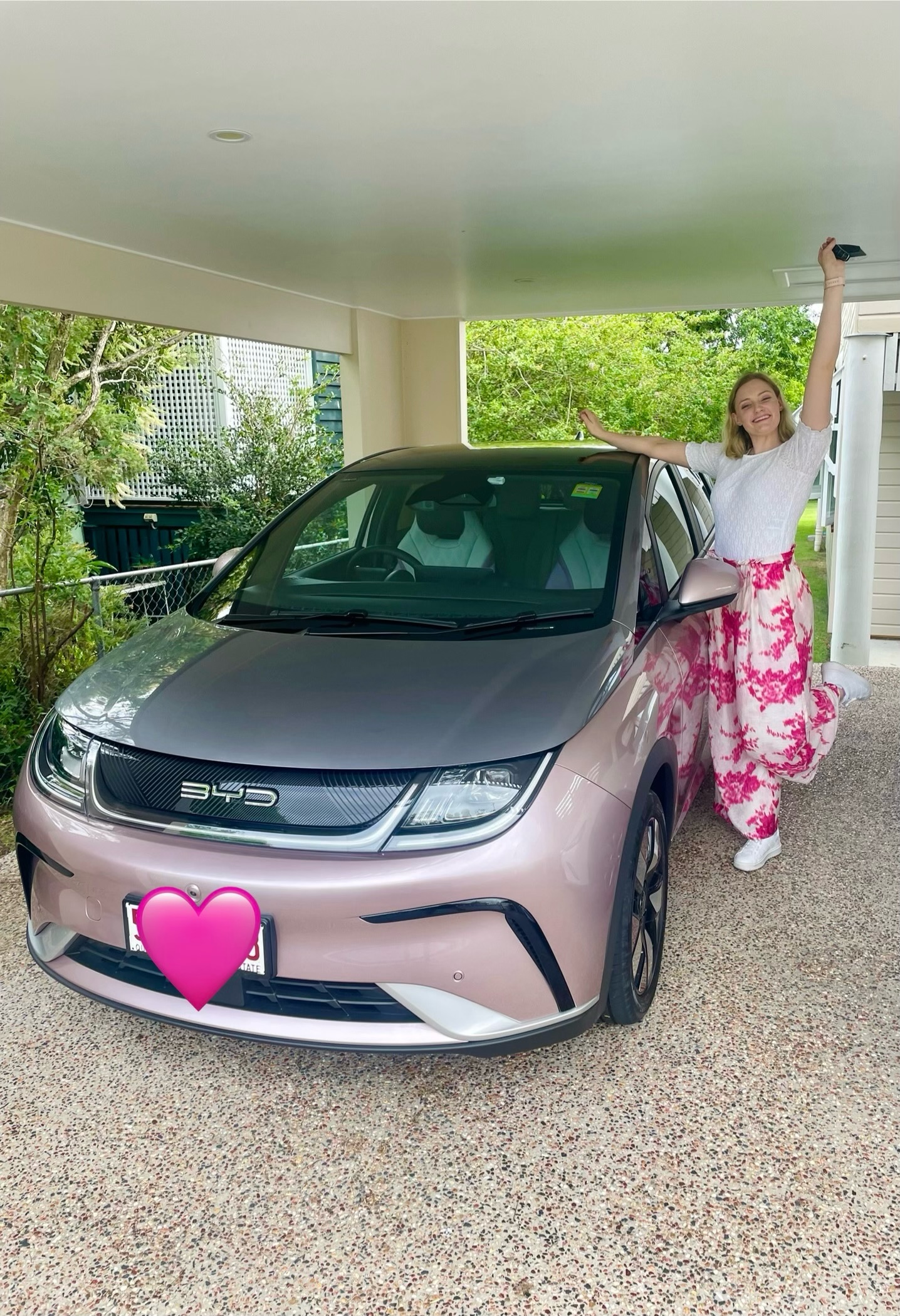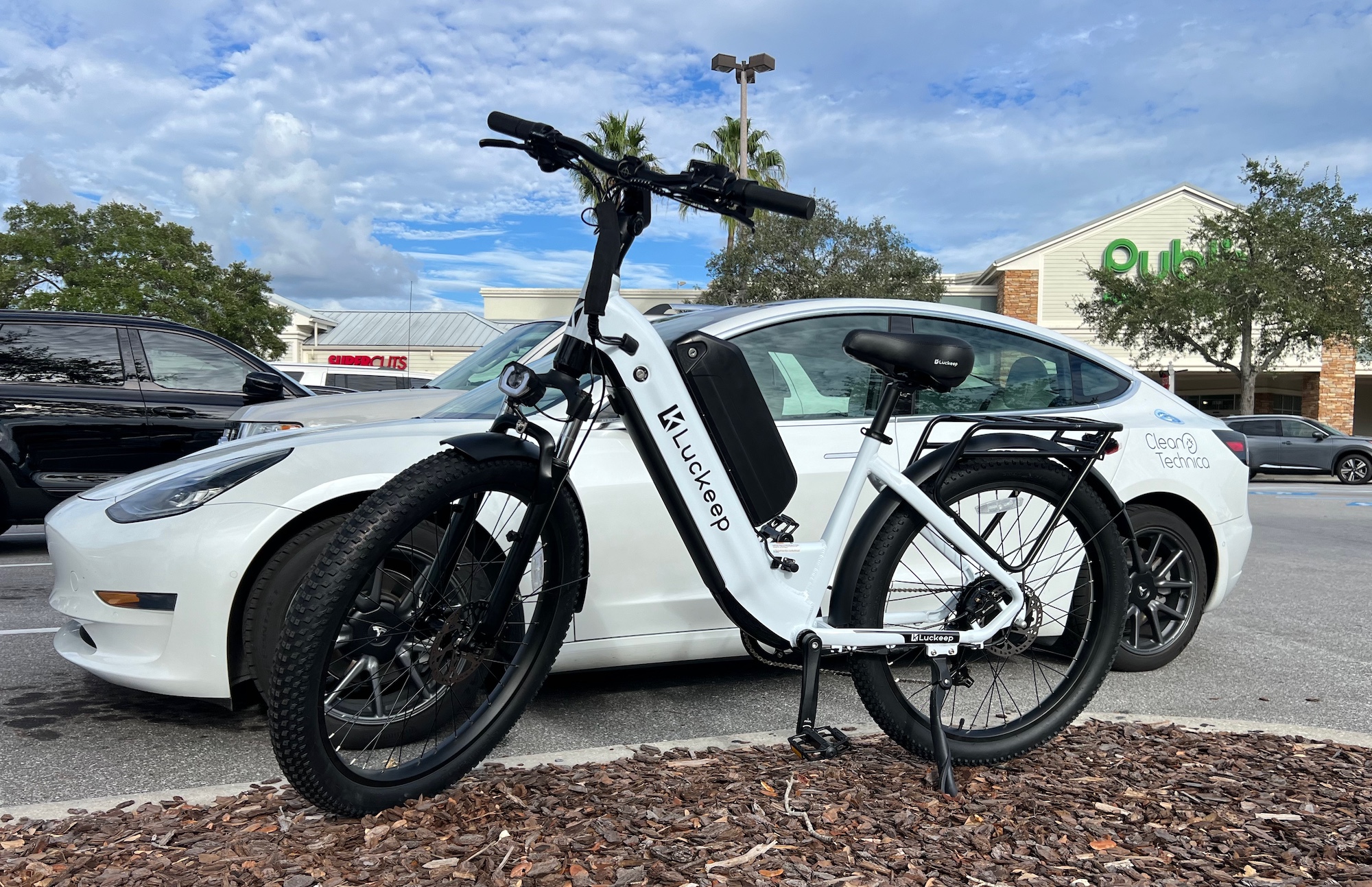Support CleanTechnica’s work through a Substack subscription or on Stripe.
Many farmers, ranchers, and fans of historic architecture voted US President Donald Trump into office, and now many of them are suffering a case of buyer’s remorse. Not to worry. Scientists are still inventing new ways to help farmers and ranchers stay in business. Among the recent developments, researchers are turning used EV batteries into fertilizer, and tuning solar panels to boost crop yields.
What To Do About All Those LFP EV Batteries?
Unfortunately, modern science can’t restore the East Wing of the White House. However, scientists can help farmers find a more economical alternative to the fertilizer supply chain. The US depends heavily on imported fertilizers and fertilizer ingredients, and President Trump’s trade policy has not helped.
Scientists at the University of Wisconsin – Milwaukee are developing one solution, and it’s an environmental two-fer. Their primary goal is to meet the recycling challenge posed by a forthcoming flood of EV batteries that deploy the new lithium-iron-phosphate (LFP) formula.
Leading automakers like Ford and General Motors are adopting LFP as a more economical alternative to conventional lithium-ion EV batteries, helping to cut the overall cost of a new car. However, there’s a catch. Lithium aside, extracting low-value ingredients from spent LFP batteries is practically not worth the effort.
The UW solution involves introducing potassium into a spent EV battery, enabling key fertilizer ingredients — phosphorus and nitrogen — to leach out along with the potassium, which is also a key fertilizer input. In addition to reducing the cost of materials recovery from spent EV batteries, the process cuts down on the energy needed to mine and transport virgin fertilizer inputs.
The Tomato Connection
Of note, similar research is under way in China, where the movement toward LFP and related formulas is already in motion.
Here in the US, the potassium angle could open a whole ‘nother can of worms, considering that the US currently imports almost 80% of its potassium supply from Canada and another 15% from Russia and Belarus (yes, Russia and Belarus). For that matter, the global phosphate supply chain is also entangled. Still, new research into materials recovery from human and animal waste indicates that a sustainable solution to the EV battery supply exists somewhere in the future.
For the here and now, the UW team is ready to take its research to the next step. If all goes according to plan, they will collect enough material from spent EV batteries to fertilize a tomato crop of one acre. To a non-farmer that may not sound like much, but a single acre can produce anywhere from 8,000 to 16,000 pounds of tomatoes, which is enough to support part-time or local sales, according to information compiled by Texas A&M University.
Tomatoes & Solar Panels
Texas A&M also notes that tomato growing is a high risk endeavor. The school lists hail and excessive heat among the weather hazards, and that’s where solar panels can help.
The combination of solar energy and agriculture (aka agrivoltaics, agri-solar, or agri-PV) is beginning to take hold in the US as researchers assemble evidence that specially designed solar arrays can improve growing conditions for some crops, while providing shelter from weather events and excess heat.
Solar researchers are beginning also beginning to address the shade factor with new “tunable” solar cells that can be adjusted to let plant-friendly parts of the light spectrum go through.
One such effort is under way at the National Renewable Energy Laboratory, a branch of the US Department of Energy. The researchers have developed a system for tuning thin, lightweight organic solar cells. Called BioMatch, the system identifies parts of the light spectrum best suited to growing specific plants under solar panels made with organic solar cells.
As noted by the researchers, full sunlight contains both beneficial and potentially damaging parts of the light spectrum. The BioMatch system weeds out the damaging parts, exposing plants only to the benefits.
The ultimate goal is to fabricate semi-transparent solar panels with BioMatched materials. As applied to greenhouses, the new solar panels will trap part of the spectrum to generate electricity, while enabling other, plant-specific parts of the spectrum through.
So far, so good. The researchers have been growing and harvesting tomatoes in two custom-built greenhouses. In a recap of the project last June, the researchers found that tomato plants grown under BioMatched light were taller than the ones exposed to full sunlight. “Even though the control plants receive 30% more light, the OPV [BioMatched] plants are selectively bathed in the slice of the solar spectrum they crave,” the lab explained.
Fertilizer, Solar Panels, & Used EV Batteries
Unfortunately for tariff-burdened soybean farmers in the US, modern advances in ag tech can’t do anything about trade policy. For other growers, though, the intertwined threads of EV battery and solar research could yield some economic benefits. A farm could optimize crop yields with tunable solar panels and fertilizer sourced from used EV batteries, for example.
Livestock farmers may not need the fertilizer part of the equation, but they, too, are facing the impacts of federal trade policy. The emerging solar grazing movement is providing some relief, especially for sheep ranchers. Sheep are particularly good solar partners because they are relatively small and they don’t climb on the panels. As efficient grazers, sheep also keep vegetation from overgrowing the panels, reducing the expense and carbon footprint of mechanical mowers. New research also indicates that the sheep — and their wool — benefit from partial shade during the day.
The idea of co-locating solar arrays with cattle grazing has not seen a similar uptake, mainly due to concerns over potential damage to racking systems. However, those concerns are fading as new bifacial solar technology enters the field, along with long term research showing little or no damage at all.
The missing link is energy storage, and EV batteries are beginning to close that gap in the growing field of second-life applications. Ford was among the automakers to explore the use of spent EV batteries for stationary energy storage. The idea is that EV batteries still have a good deal of life in them, even after they are no longer considered fit for mobility. Repurposing them for energy storage squeezes out one last bit of value before the go off to a recycling facility.
As for farmers, ranchers, tariffs, trade policy, and the East Wing of the White House…if you have any thoughts about that, drop a note in the comment thread. Better yet, find your representatives in Congress and let them know what you think.
Photo: “Researchers at the National Renewable Energy Laboratory wanted to find out whether tomatoes would grow better using a specifically designed light filter that leverages a rapidly emerging photovoltaic cell technology that’s more flexible, lightweight, and inexpensive.” Credit: Wayne Hicks, NREL.
Sign up for CleanTechnica’s Weekly Substack for Zach and Scott’s in-depth analyses and high level summaries, sign up for our daily newsletter, and follow us on Google News!
Have a tip for CleanTechnica? Want to advertise? Want to suggest a guest for our CleanTech Talk podcast? Contact us here.
Sign up for our daily newsletter for 15 new cleantech stories a day. Or sign up for our weekly one on top stories of the week if daily is too frequent.
CleanTechnica uses affiliate links. See our policy here.
CleanTechnica’s Comment Policy




